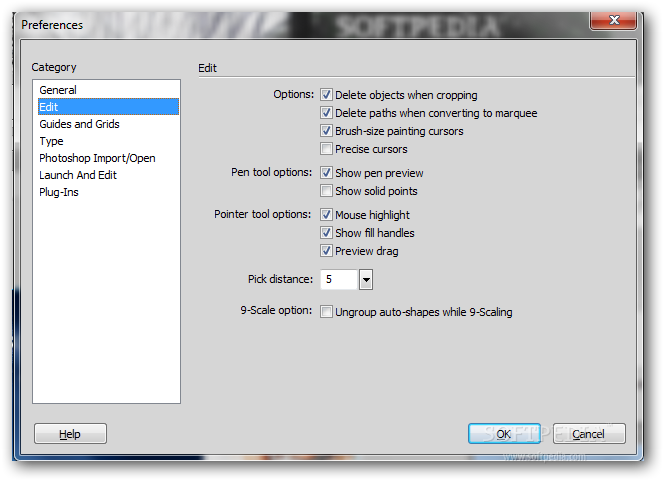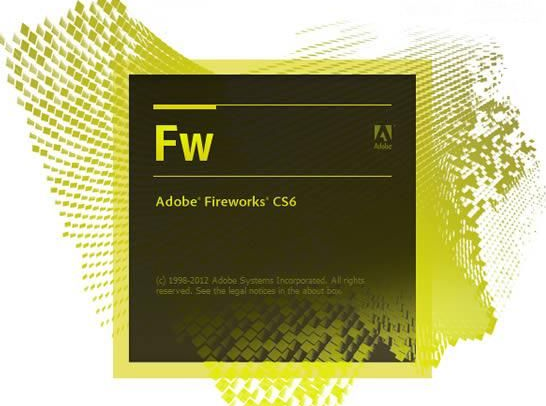
This tool is ideal for deleting areas with the same color or tone that contrasts with the rest of the image. It is very similar to the magic wand tool. The magic eraser tool deletes based on similar colored pixels. This tool is often used to extract objects from the background. The background eraser deletes any part of the image that is on the edge of an object. In addition to the straight eraser tool, there are two more available options - background eraser and magic eraser. This tool is unique in that it can take the form of the paintbrush and pencil tools. The size and style of the eraser can be selected in the options bar. The eraser will convert the pixels to transparent, unless the background layer is selected. If the user is on the text layer, then any text across which the tool is dragged will be erased. The Eraser tool erases content based on the active layer. The user must decide what settings to use or if the image is right for this tool. This tool is inferior to the quick selection tool which works much the same but with much better results and more intuitive controls. If the eyedropper tool is selected in the options bar, then the magic wand can determine the value needed to evaluate the pixels this is based on the sample size setting in the eyedropper tool. One click will select all neighboring pixels of similar value within a tolerance level set by the user. The magic wand tool selects areas based on pixels of similar values. One of the features that makes this tool especially user friendly is that the SHIFT key is not needed to add more to the selection by default, extra mouse clicks will be added to the selection rather than creating a new selection. Once the user is done, the selected area can be edited without affecting the rest of the image. The “marching ants” allow the user to know what is currently being selected. By dragging the cursor over the desired area, the quick selection tool detects the edges of the image. The difference between this tool and the lasso tool is that there is no starting and ending point.įor this reason, the selected area can be added onto as much as possible without starting over.


The quick selection tool selects areas based on edges, similarly to the magnetic lasso tool. Closing the selection is the same as the other two, which should also should display the “marching ants” once the selection has been closed. It detects by examining the color pixels as the cursor moves over the desired area. Help Learn to edit Community portal Recent changes Upload file. September April June May Archived from the original on March 5, October December Retrieved January 12, January 27, January 19, Retrieved January 19, Retrieved April 19, June 13, Retrieved November 6, October 18, January 23, Retrieved January 23, April 3, Retrieved April 3, Retrieved October 26, October 15, December 11, Retrieved December 13, January 24, Retrieved February 19, May 19, Retrieved May 28, October 20, March 10, Retrieved March 10, October 16, Retrieved October 27, Retrieved Retrieved March 19, May 18, Adobe Creative Suite and Creative Cloud.Īdobe Inc.


 0 kommentar(er)
0 kommentar(er)
